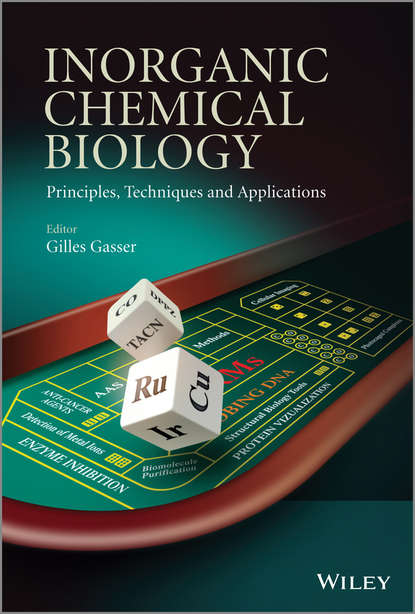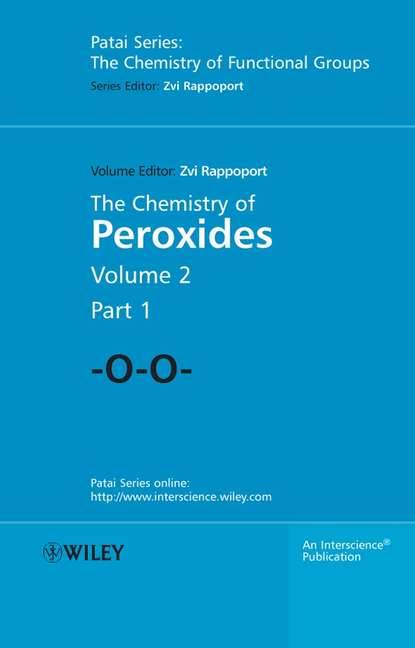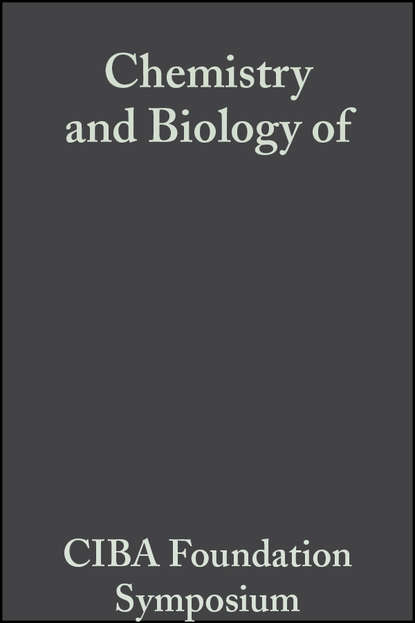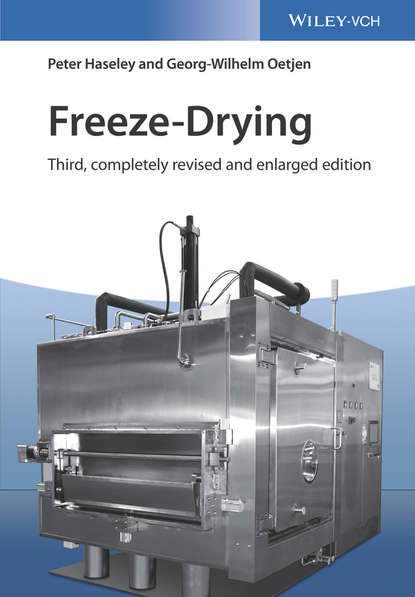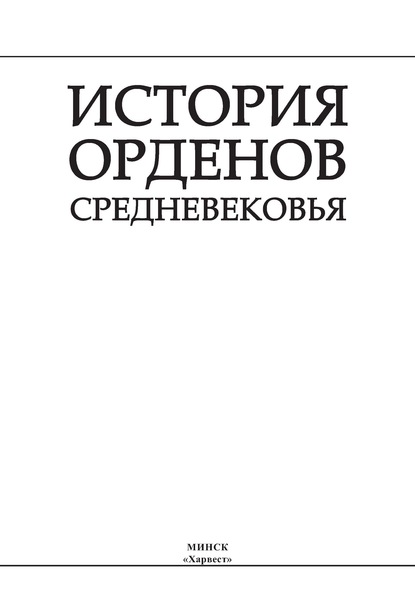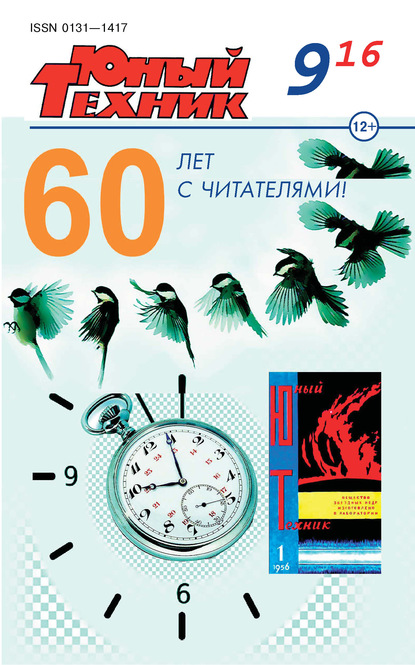Книга "Неорганическая химическая биология. Принципы, техники и применения" освещает современную и перспективную роль металлических комплексов в химической биологии. Авторы книги рассматривают металлические комплексы как инструменты для структурной биологии, методы обнаружения металлов в химической биологии, а также применение металлических комплексов в области образования изображений клеток и организмов, обнаружении металлических ионов, анионов и малых молекул, а также в качестве ингибиторов ферментов и катализаторов в живых клетках. Книга содержит фундаментальные теоретические аспекты химии, а также эксперименты, проведенные в живых клетках или организмах. В книге также обсуждаются перспективы будущего применения металлических комплексов в химической биологии. Данное издание является обязательным для биоинорганических, биоорганометаллических и медицинских химиков, а также химических биологов, работающих в научных и промышленных сферах.
This book gives a comprehensive understanding of the generalized role of metals (compounds and ions) in chemical, including enzymatic and cellular processes. Models done in cell or animal settings are delineated and the various procedures employed are vividly described. Although it is mainly academic, it may be useful in problem solving in chemical and medicinal settings, particularly for those with specialized knowledge of the interactions and activities of metal compounds at the cellular level.
Электронная Книга «Inorganic Chemical Biology. Principles, Techniques and Applications» написана автором Gilles Gasser в году.
Минимальный возраст читателя: 0
Язык: Английский
ISBN: 9781118684252
Описание книги от Gilles Gasser
Understanding, identifying and influencing the biological systems are the primary objectives of chemical biology. From this perspective, metal complexes have always been of great assistance to chemical biologists, for example, in structural identification and purification of essential biomolecules, for visualizing cellular organelles or to inhibit specific enzymes. This inorganic side of chemical biology, which continues to receive considerable attention, is referred to as inorganic chemical biology. Inorganic Chemical Biology: Principles, Techniques and Applications provides a comprehensive overview of the current and emerging role of metal complexes in chemical biology. Throughout all of the chapters there is a strong emphasis on fundamental theoretical chemistry and experiments that have been carried out in living cells or organisms. Outlooks for the future applications of metal complexes in chemical biology are also discussed. Topics covered include: • Metal complexes as tools for structural biology • IMAC, AAS, XRF and MS as detection techniques for metals in chemical biology • Cell and organism imaging and probing DNA using metal and metal carbonyl complexes • Detection of metal ions, anions and small molecules using metal complexes • Photo-release of metal ions in living cells • Metal complexes as enzyme inhibitors and catalysts in living cells Written by a team of international experts, Inorganic Chemical Biology: Principles, Techniques and Applications is a must-have for bioinorganic, bioorganometallic and medicinal chemists as well as chemical biologists working in both academia and industry.
